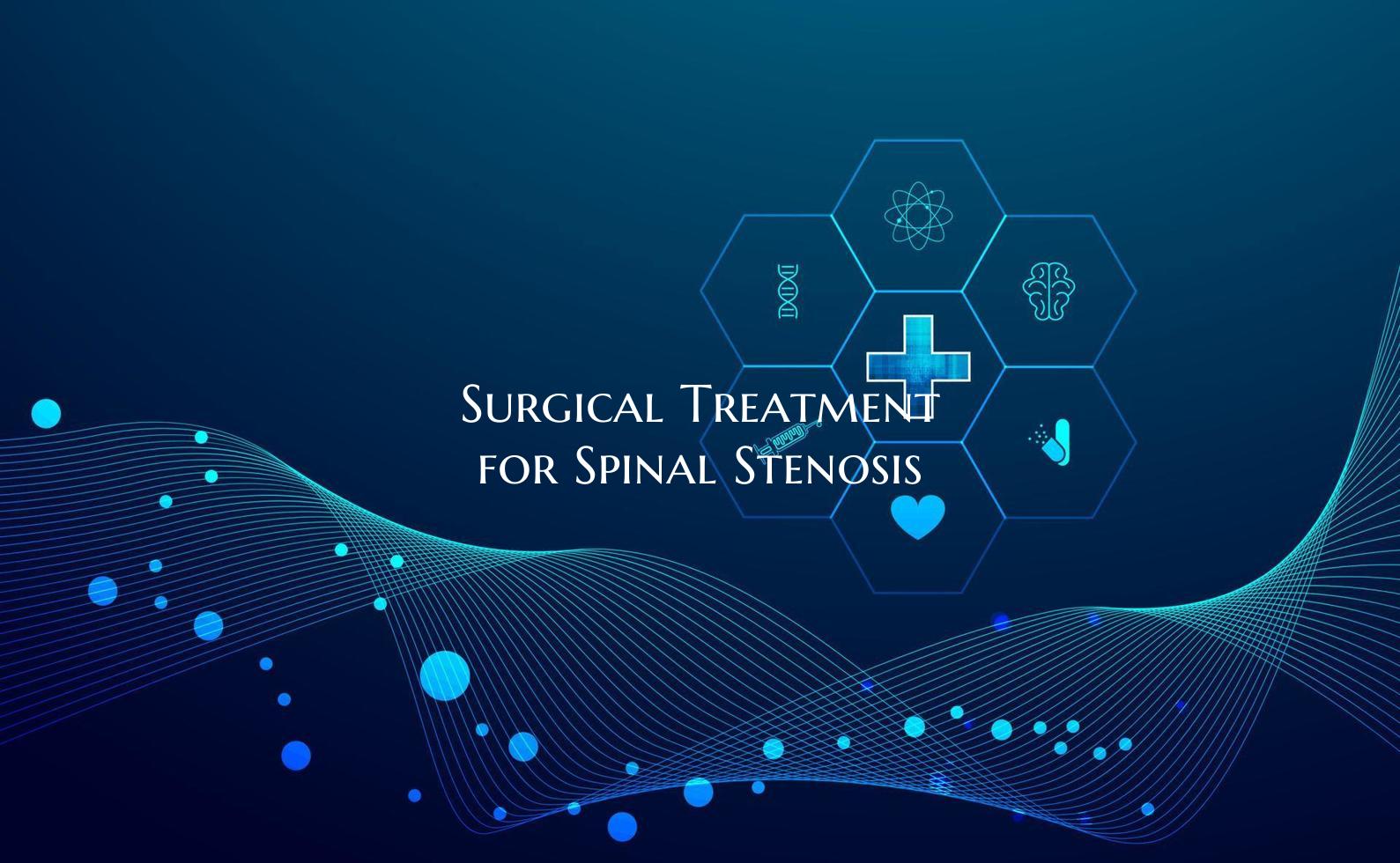
Surgical Treatment for Spinal Stenosis
Spinal stenosis is a common condition characterized by the narrowing of the spaces within the spine, leading to compression of the spinal cord and nerves. While many individuals with spinal stenosis find relief through non-surgical methods such as physical therapy and medications, surgery may be recommended for those who do not experience improvement with conservative treatments or have severe symptoms that significantly impact their quality of life.
Surgical treatment for spinal stenosis aims to relieve compression on the spinal cord and nerves, thereby reducing pain and improving function. There are several surgical procedures commonly used to address spinal stenosis, each tailored to the specific needs of the individual patient.
One of the most common surgical procedures for spinal stenosis is a laminectomy, also known as decompression surgery. During a laminectomy, the surgeon removes a portion of the lamina, which is the bony arch of the vertebra, to create more space within the spinal canal. This procedure helps alleviate pressure on the spinal cord and nerves, reducing pain and improving mobility.
In some cases, a spinal fusion may be performed in conjunction with a laminectomy to provide stability to the spine. During a fusion, the surgeon joins two or more vertebrae together using bone grafts, metal hardware, or other materials. This limits movement in the affected area and helps prevent further compression of the spinal cord and nerves.
Minimally invasive surgery techniques are also increasingly being used to treat spinal stenosis. These procedures involve smaller incisions, less muscle disruption, and faster recovery times compared to traditional open surgeries. Minimally invasive techniques for spinal stenosis may include microendoscopic decompression or minimally invasive lumbar laminectomy.
As with any surgical procedure, there are risks associated with surgical treatment for spinal stenosis, including infection, blood clots, and nerve damage. It is crucial for patients to discuss the potential benefits and risks of surgery with their healthcare provider and to carefully weigh their options before making a decision.
Following surgery, patients typically undergo physical therapy to help regain strength and flexibility in the spine. It may take several weeks to months for full recovery, depending on the type of surgery performed and the individual's overall health.
Surgical treatment for spinal stenosis can be an effective option for relieving symptoms and improving quality of life for those who have not responded to conservative treatments. By working closely with healthcare providers and following post-operative rehabilitation guidelines, patients can achieve significant relief from spinal stenosis and return to a more active and comfortable lifestyle.